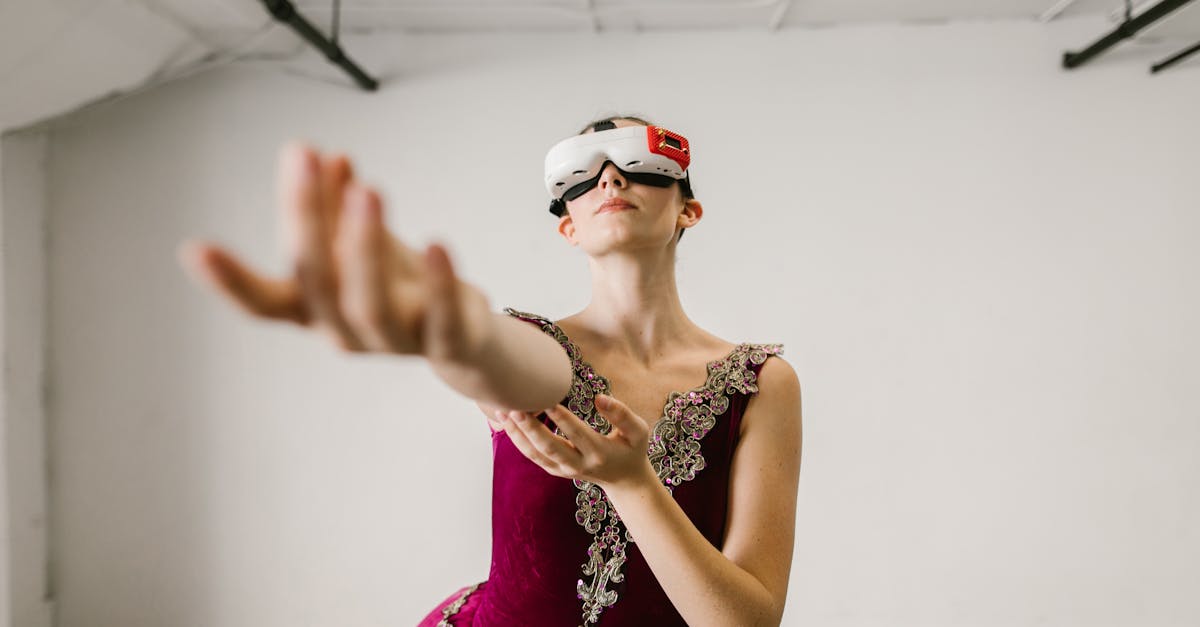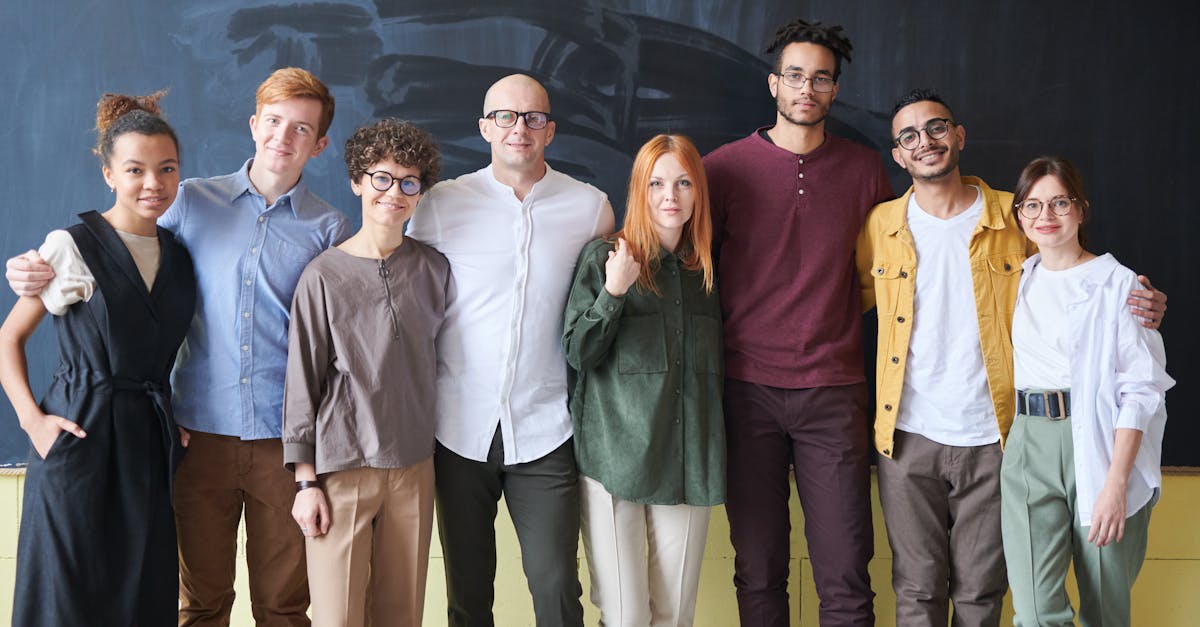The personalized support model is a fundamental educational tool designed to adapt to the specific needs of each individual. This guide highlights the various approaches that facilitate optimal care, taking into account the particularities and aspirations of each person. By offering tailored solutions, this model proves to be inseparable from a respectful and inclusive approach, thereby promoting the well-being of the individuals being supported.
Table des matières
ToggleGlossary: Definition of the personalized support model
The personalized support model is of paramount importance in the field of Silver economy. It is based on the idea that each individual is unique, necessitating a tailored approach to meet their specific needs. This model aims to provide appropriate support, thereby fostering the autonomy and well-being of seniors.
The term support refers to a set of actions and services intended to assist a person, here a senior, in their daily life. This includes not only assistance with daily activities but also moral and psychological support. The objective is to enhance the quality of life for seniors by allowing them to remain at home for as long as possible.
At the heart of this model lies the concept of personalization. It involves adapting services and interventions based on the characteristics, preferences, and needs of individuals. A personalized support plan is thus developed, taking into account the capabilities and wishes of seniors to create an environment that is pleasant and stimulating for them.
One of the essential tools for implementing this model is the AGGIR grid, which allows for the evaluation of individuals’ levels of dependency. This grid provides a basis for determining the type of support necessary by classifying seniors according to various criteria of loss of autonomy. For more information on this subject, you can refer to this article on the AGGIR grid.
The support networks also play a significant role in personalized support. They include healthcare professionals, family caregivers, and associations. By integrating these different actors, a support ecosystem is created around the senior, facilitating their integration and improving their social well-being.
Another fundamental aspect of the model is the continuous training of interveners. Those who provide support must be equipped with the best practices and knowledge. This ensures that the assistance offered is not only tailored but also takes into account the recent developments in elderly care. Thus, proper support is synonymous with suitable training.
It is crucial to mention the role of technologies in the implementation of this model. Digital innovations facilitate the monitoring and evaluation of seniors’ needs. Moreover, digital tools provide practical solutions that allow seniors to stay connected with their loved ones and enjoy various activities essential for their development.
Finally, the planning of interaction among the different services is a priority in the personalized support model. This involves coordination among the various interveners to ensure a smooth and coherent service. Each intervention must be harmonized to avoid creating disruptions in monitoring and care.
In conclusion, the personalized support model represents an innovative approach that perfectly fits the challenges of the Silver economy. It is not just about addressing material needs but creating a living environment that promotes autonomy and respect for each senior. To explore further the issues of this model, you can refer to this article on the importance of communities and their role in personalized support.

FAQ on the personalized support model
The personalized support model is an educational approach that aims to adapt methods and learning content to the specific needs of each individual.
Why is it important to have a personalized support model?
This model makes learning more effective by taking into account each individual’s capabilities, interests, and objectives. As a result, participants feel more engaged and motivated.
Who can benefit from a personalized support model?
Anyone, regardless of age or educational level, can benefit from this type of support, especially seniors who wish to improve their quality of life.
How can a personalized support model be implemented?
To implement this model, it is essential to conduct an assessment of the individual’s needs, set clear objectives, and then design a tailored learning program.
What tools are used in this model?
Various tools and resources can be used, such as educational software, practical workshops, and personalized follow-ups to ensure adapted progress.
What results can be expected with a personalized support model?
Results include a better understanding of subjects, greater autonomy in learning, as well as an increase in the participants’ self-confidence and motivation.








